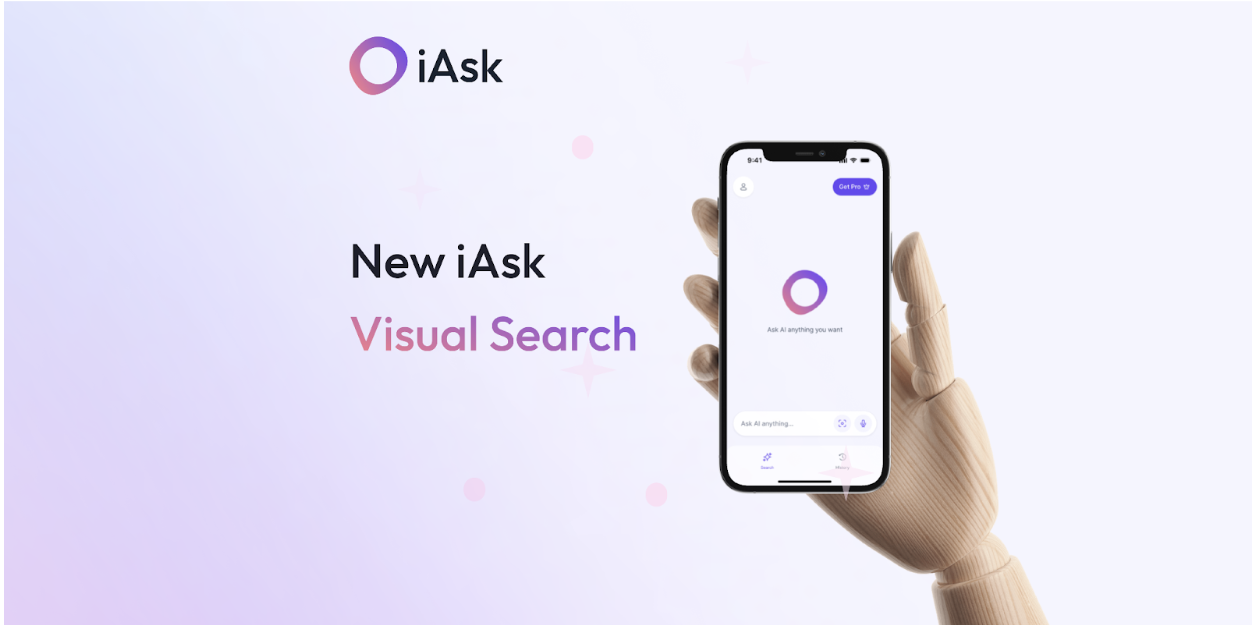Tech
How To Choose The Perfect Gaming Smartphone For You

Most people buy their smartphones for various reasons. Some want a smartphone for calls and messaging and for social media use. Others take the camera’s specs and the quality into consideration, as they want their smartphone for photography and videography use, primarily. On the other hand, a lot of people use their smartphones to play mobile games.
The term “gaming” when it comes to smartphones does not have a constant definition. It could mean playing games from the most casual of levels such as playing fun games to pass the time to play games as a form of entertainment and with real money involved (usually through online casino apps under licensed operators with fast payouts), to playing competitive games with graphics and gameplay mechanics.
Technically speaking, all smartphones can be considered gaming smartphones. The only difference that makes people differ in the decision on which smartphone to take is in the level of gaming the smartphone can handle. Some can only handle the most basic and simplest apps and games, while other smartphones that are built specifically for heavier gaming, and some are built dedicated to gaming itself.
Depending on the kind of gamer that you are, here are the best tips in getting the perfect gaming smartphone for you.
The Casual Gamer
Are you simply playing mobile games to help pass the time? If you are just into playing mobile games such as the likes of “Candy Crush,” “Temple Run,” or other puzzle games? If your answer is yes, then you are a simple casual gamer.
For you, any smartphone will do. Even entry-level models have a decent chipset and at least 2 to 3GB worth of RAM and at least 32 GB of internal storage. These basic specs should get you through the most casual of gaming. The size and the quality of your display do not matter much. Even the built-in GPUB of your device is not something that you should worry about for this level of gaming, as all GPUs on this level can handle the simplest and most basic games.
Just get any of the most popular entry-level smartphones, and you are all good to start with your casual gaming journey.
The Mid-level Gamer
This is for the gamer who loves playing games other than the casual one but does not put too much importance into having the “best” gaming experience on a smartphone. For example, they may be into game genres such as MOBA (or massive online battle arena), battle royale shooters, and online RPGs but are not that much inclined to have the best and highest settings when playing.
Since these games already require better CPU and GPU, it is always ideal for getting a smartphone sporting a MediaTek or Qualcomm Snapdragon chipset that is not older than 2015. At least 4GB worth of RAM and 64GB of internal storage should have the phone smoothly handle the tasks of running the games you want to play. A bigger display is also ideal here, so you would make a good choice going for at least 6 inches screen size.
The Hard Gamer
If you are a hard gamer, then you are the kind of gamer that plays the top titles and the most popular genres in the best settings possible, and you want to have the best mobile gaming experience as possible. This means the best display quality with the highest refresh rate, the latest on chipset and GPU, and even the biggest RAM and internal storage available today.
For hard gamers, they can opt to go with most flagship or upper mid-range phones, or if they have the budget for it, special gaming phones that are made specifically for mobile gamers.
Tech
How iAsk Visual Search Captures and Delivers Detailed Insights from the World You See

Byline: Shem Albert
There are moments when the world around you sparks curiosity, yet you do not even know the word for what you are seeing. You describe it in painstaking detail, type and retype, scroll through search results, hoping something matches. Minutes pass, sometimes longer, just to uncover a simple answer. That experience of encountering something unfamiliar and struggling to put it into words is all too common, yet often goes unnoticed. With a single photo, however, everything changes. iAsk Visual Search bridges that gap. Suddenly, the mystery becomes an opportunity to learn, experiment, or act in the moment.
Turning Discovery into Action
Using iAsk Visual Search is simple, yet the possibilities it opens up are immediate. You open the app and snap a photo of the object, diagram, or scene that has caught your attention. Instantly, the app identifies what it sees and provides context, turning a moment of curiosity into a starting point for exploration. From there, you can ask follow-up questions to dig deeper, consider alternatives, or uncover how something works in practical terms.
This goes far beyond basic identification. Where traditional image recognition might simply name an object or offer a brief description, iAsk lets you continue the conversation. It remembers the image, so you can explore multiple layers of information without starting over. What begins as a single observation quickly expands into actionable insights you can apply immediately.
Real-World Applications in Everyday Life
The real test of significance for iAsk Visual Search is how it is used in a user’s everyday life. Novice cooks and experienced chefs can rely on it to identify an unfamiliar ingredient and ask follow-up questions, such as preparation tips, cooking methods, or possible substitutions. Users can experiment with complementary flavors or adapt recipes based on what is available in their pantry, reducing hesitation and encouraging culinary creativity.
A quick snapshot of a street sign, menu, or product label in a foreign language is another way iAsk Visual Search supports everyday tasks. Users can ask follow-up questions to clarify translations, understand cultural context, or receive practical guidance. This enables individuals to navigate unfamiliar environments with confidence and ease.
These examples illustrate how iAsk Visual Search can become a versatile companion in daily life. It can serve as a travel guide, a study aid, or a creative assistant. Artists, crafters, and curious hobbyists can explore materials, techniques, or designs with guidance that is immediate and interactive. Each interaction transforms curiosity into tangible results, empowering users to act on the knowledge they gain instantly.
A Tool That Stands Apart
iAsk Visual Search stands out for its interactive, context-sensitive design. Users can maintain an ongoing dialogue with the app, exploring details without losing sight of the original image. This makes it possible to investigate complex subjects and adapt the information to specific tasks.
Privacy and accessibility are central to the experience. Images are not stored, personal data is not tracked, and there are no ads to interrupt the workflow. The app is available across multiple platforms without subscription barriers, making it accessible to students, parents, hobbyists, and professionals alike.
Curiosity Translated into Results
iAsk Visual Search turns a simple photo into an understanding you can act on. Whether it’s decoding a diagram, identifying an object, or untangling a confusing concept, a snapshot instantly delivers context, explanations, and next steps. It doesn’t just show you — it teaches you, guiding each discovery into something useful.
Every question becomes a chance to learn, explore, or create. From the kitchen to the classroom, the trailhead to the studio, iAsk makes the world clearer and curiosity immediately productive.
Snap. Ask. Learn. Then act. The answers are there. All you need to do is iAsk.
-

 Tech5 years ago
Tech5 years agoEffuel Reviews (2021) – Effuel ECO OBD2 Saves Fuel, and Reduce Gas Cost? Effuel Customer Reviews
-

 Tech6 years ago
Tech6 years agoBosch Power Tools India Launches ‘Cordless Matlab Bosch’ Campaign to Demonstrate the Power of Cordless
-

 Lifestyle6 years ago
Lifestyle6 years agoCatholic Cases App brings Church’s Moral Teachings to Androids and iPhones
-

 Lifestyle5 years ago
Lifestyle5 years agoEast Side Hype x Billionaire Boys Club. Hottest New Streetwear Releases in Utah.
-

 Tech7 years ago
Tech7 years agoCloud Buyers & Investors to Profit in the Future
-

 Lifestyle5 years ago
Lifestyle5 years agoThe Midas of Cosmetic Dermatology: Dr. Simon Ourian
-

 Health7 years ago
Health7 years agoCBDistillery Review: Is it a scam?
-

 Entertainment6 years ago
Entertainment6 years agoAvengers Endgame now Available on 123Movies for Download & Streaming for Free
